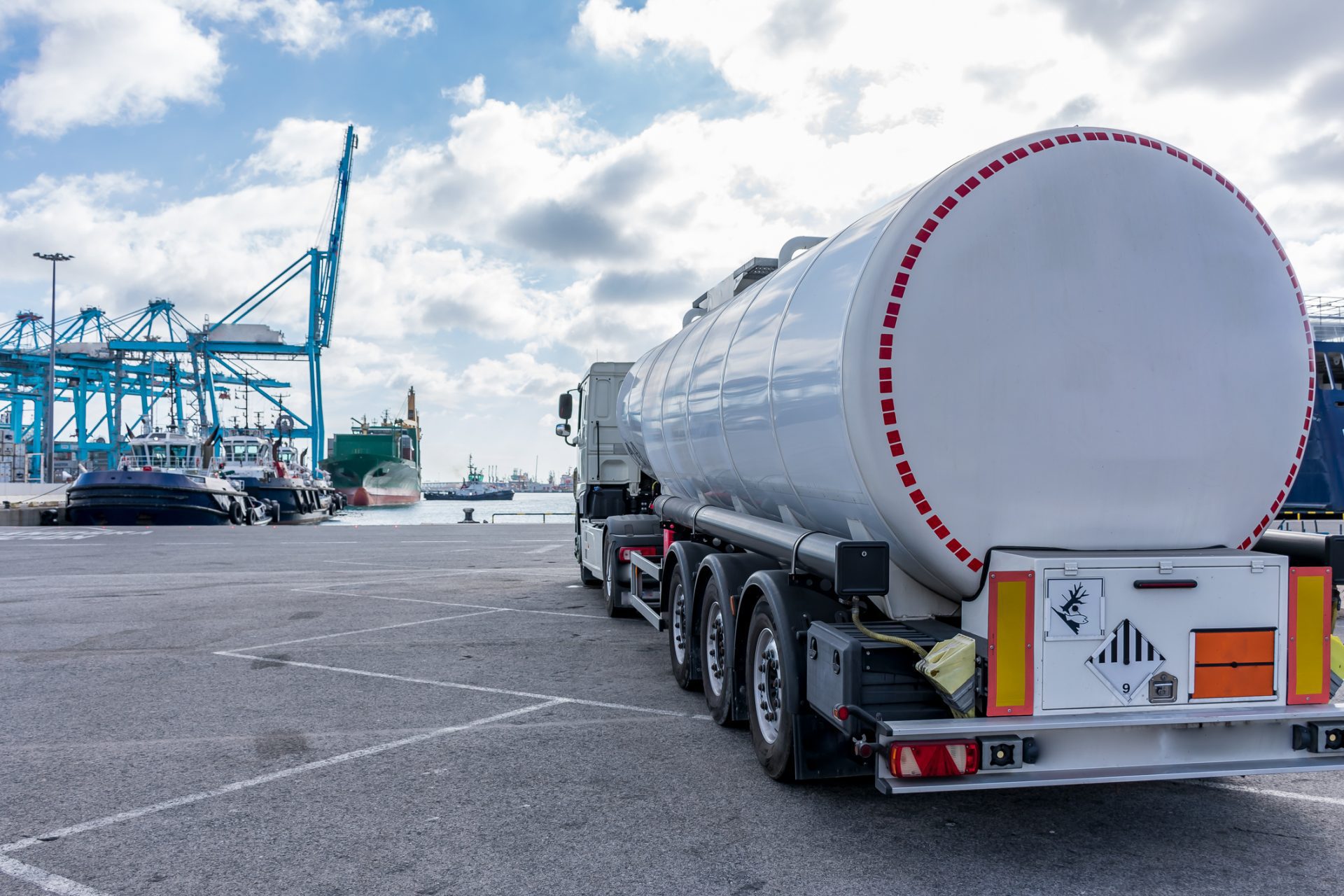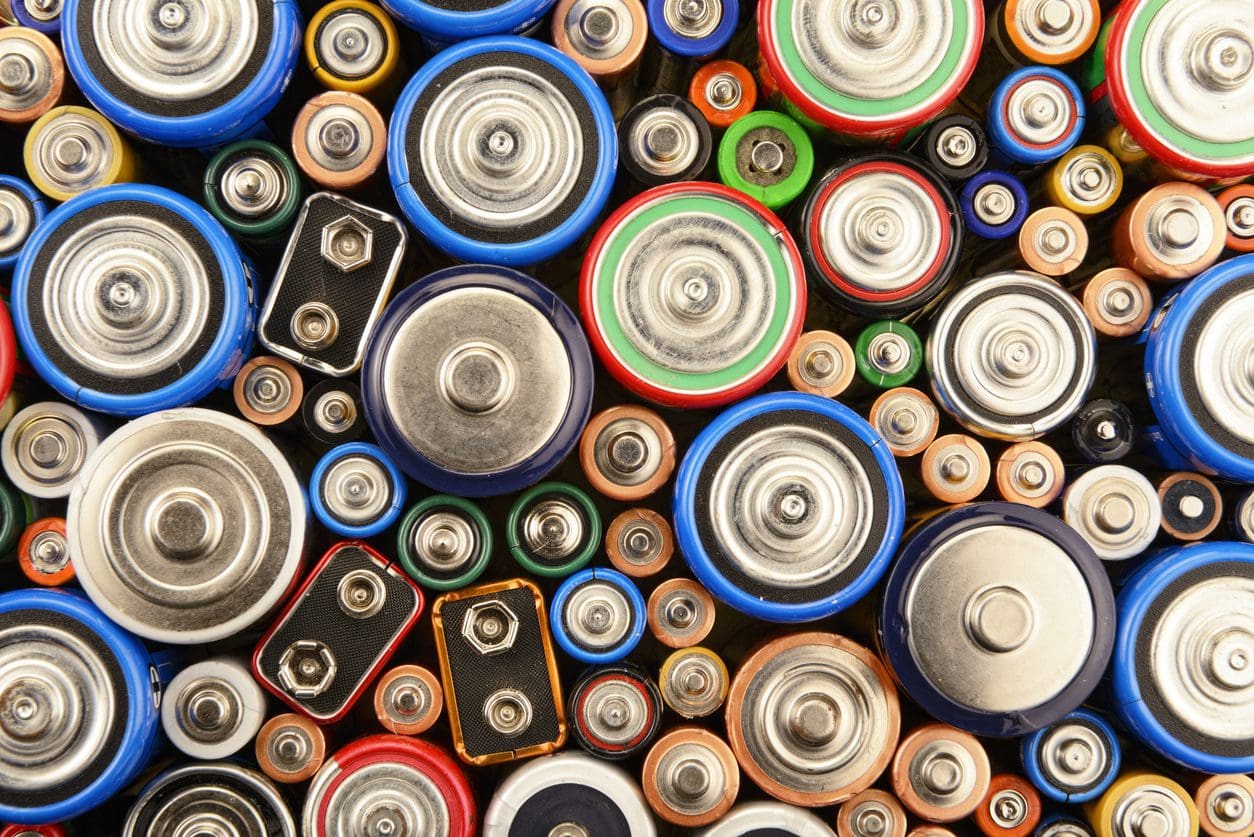
Regulatory Content
Transport of Dangerous Goods
The transport of dangerous goods topic covers regulations, laws and supporting documents which aim to prevent accidents resulting in injury to persons, damage to property and the environment.
Transport of Dangerous Goods
195
Countries Covered
972
Sources in C2P
Regulatory Content Overview
Legislation for the transport of dangerous goods is directed towards businesses involved in the consignment, loading/unloading and carriage of dangerous goods by air, rail, road and water.
Goods are considered hazardous if they are explosive, corrosive, flammable, toxic, or radioactive. Examples include:
- Lithium batteries
- Flammable liquids
- Gases and solids
- Substances liable to spontaneously combust
- Substances that emit flammable gases when in contact with water
- Oxidizing substances
- Toxic substances
- Corrosive substances
In the United States, such articles and substances are classified as hazmat or hazardous materials.
Legal duties normally apply to the consignor, carrier, driver, crew, packagers, fillers, loaders/unloaders, container operators, consignee, and dangerous goods safety advisers (DGSA).
Regulations concerning the transport of dangerous goods in C2P focus on:
- Classification of dangerous goods
- Labeling of dangerous goods according to the UN number system
- Packaging and tank provisions
- Consignment procedures, labeling, and marking of containers and vehicles
- Construction and testing of packaging, intermediate bulk containers (IBCs), large packages and tanks
- Conditions of carriage, loading, unloading, and handling
- Vehicle crews, equipment, operation, and documentation
- Construction and approval of vehicles
- Training
Legal duties normally apply to the consignor, carrier, driver, crew, packagers, fillers, loaders/ unloaders, container operators, consignee and dangerous goods safety advisers (DGSA).
The following international bodies and organizations provide standards for the transport of dangerous goods:
- International Civil Aviation Organization (ICAO): provides technical instructions for the transport of dangerous goods by air
- International Maritime Organization (IMO): provides the IMDG Code on the transport of dangerous goods by sea
- Intergovernmental Organization for International Carriage by Rail (OTIF): provides RID on the transport of dangerous goods by rail
- International Air Transport Association (IATA): the trade association for the world’s airlines, helps formulate industry policy on critical aviation issues
We cover the transport of radioactive substances under this content, this includes products/waste products containing radioactive substances.
Coverage Included
Our regulatory content in C2P is historically comprehensive with a robust QA process to ensure quality, consistency and accuracy. Below is a high level summary of our coverage for this topic:
- Australia: Transport of Dangerous Goods by Road and Rail, Code, Edition 7.9, 2024
- Canada: Transportation of Dangerous Goods (TDG) Act, S.C. 1992, Chapter 34
- Canada: Transportation of Dangerous Goods (TDG), Regulations SOR/2001-286
- EU: Inland Transport of Dangerous Goods, Directive 2008/68/EC
- EU: Uniform Procedures for Checks on the Transport of Dangerous Goods by Road, Directive (EU) 2022/1999
- Germany: Transport of Dangerous Goods Act, BGBl. 1704, 2009
- IMO: International Maritime Dangerous Goods Code (IMDG), 2022
- IATA: Dangerous Goods Regulations, 2025
- IATA: Battery Shipping Regulations, 2025
- ICAO: Supplement to the Technical Instructions for the Safe Transport of Dangerous Goods by Air 2025-2026, Doc 9284, 2025
- OTIF: International Carriage of Dangerous Goods by Rail, Convention, Appendix C, 2025
- Turkey: Transport of Hazardous Substances by Road, Regulation, April 2019
- UK: The Carriage of Dangerous Goods and Use of Transportable Pressure Equipment Regulations, SI 2009/1348
- UN: Transport of Dangerous Goods, Model Regulations, Twenty Third Revised Edition, 2024
- UNECE: Agreement Concerning the International Carriage of Dangerous Goods by Road (ADR), 2025 Edition
- UNECE: European Agreement Concerning the International Carriage of Dangerous Goods by Inland Waterways (ADN), 2025 Edition
- South Korea: Rules for the Transportation of Dangerous Goods by Rail, Ordinance No. 452, 2005
- USA: Transportation of Hazardous Materials, Rules, 49 CFR 171-180, 2003
We cover standards for our core products that are available from our partner Accuris. These are available through our Product Compliance Solution.

Learn more about our Regulatory Coverage
Speak to one of our team today for more information on our regulatory content.
